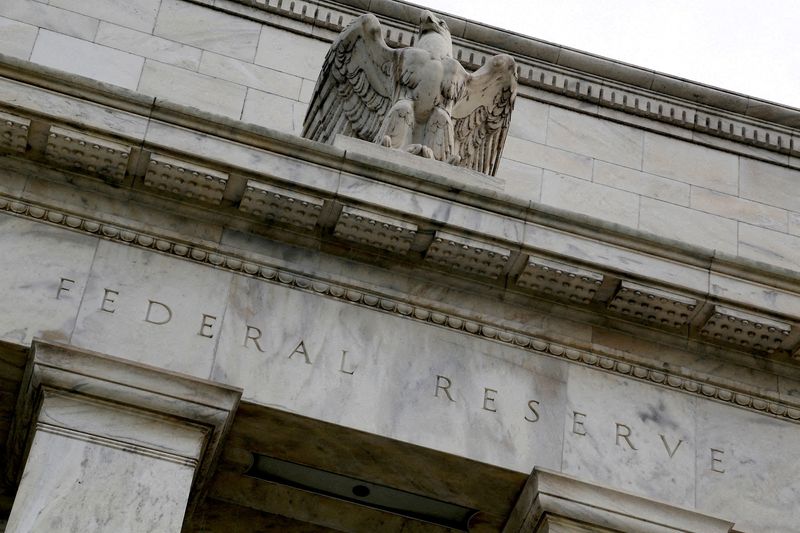FRANKFURT (Reuters) - The world's biggest central banks may be on the verge of securing the holy grail of monetary policy: an economic soft landing, despite the sharpest interest rate hikes in decades, the head of a central bank umbrella group said on Monday.
Nearly all central banks increased interest rates at break-neck pace to combat a post-pandemic inflation surge, raising fears they would crash economic growth, destroy jobs and push up unemployment along the way.
But rate hikes are now over, inflation is sinking back to targets and employment has remained strong, insulating the economy from what would have been a sizable hit in previous episodes of policy tightening.
"Economic activity has remained surprisingly resilient, bolstering confidence that economies might be posed for a soft – or at least soft-ish – landing scenario," Agustín Carstens, the General Manager of the Bank for International Settlements said in a speech in Basel.
"If that is true, the fight against inflation has come at a remarkably small cost in terms of lower GDP growth or higher unemployment," said Carstens, whose group is sometimes referred to as the central bank of central banks.
U.S. consumer sentiment remains strong, keeping overall growth healthy, while the euro zone appears to have bottomed out after only a mild recession as labour markets softened far less than expected on both sides of the Atlantic.
Inflation rates have come down so much that investors are betting on U.S. Federal Reserve and European Central Bank rate cuts in the spring, despite near-steady pushback from policymakers that investors are jumping the gun.
Carstens also attempted to temper expectations, warning that inflation could turn out to be more stubborn than markets expect.
Governments are still spending way too much, wages still need to catch up after rapid inflation, and prices in services are lagging their historic trends, all suggesting plenty of price pressures are ahead, he said.

He noted that if services prices caught up with their pre-pandemic trend, that alone would imply inflation rates roughly 1 percentage point above inflation targets over the next three years.
"Once inflation returns to target, and central banks are able to ease up on the breaks, growth rates should return to their long-run potential levels," he said.